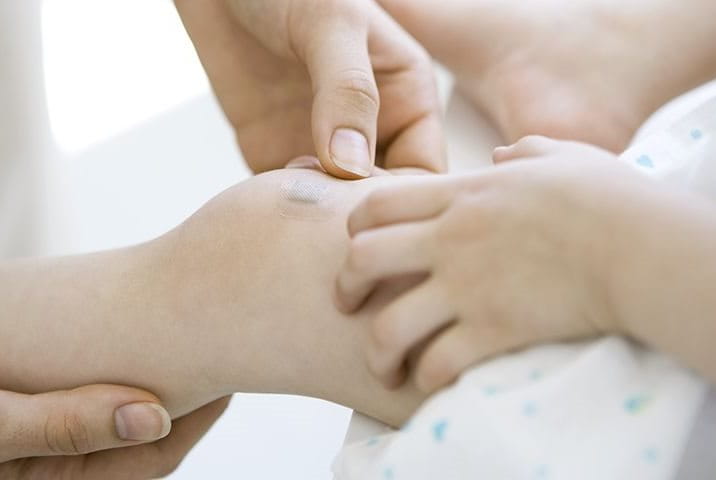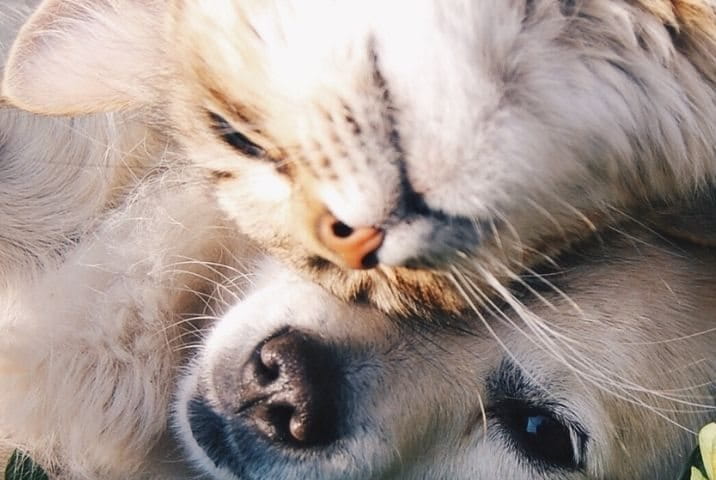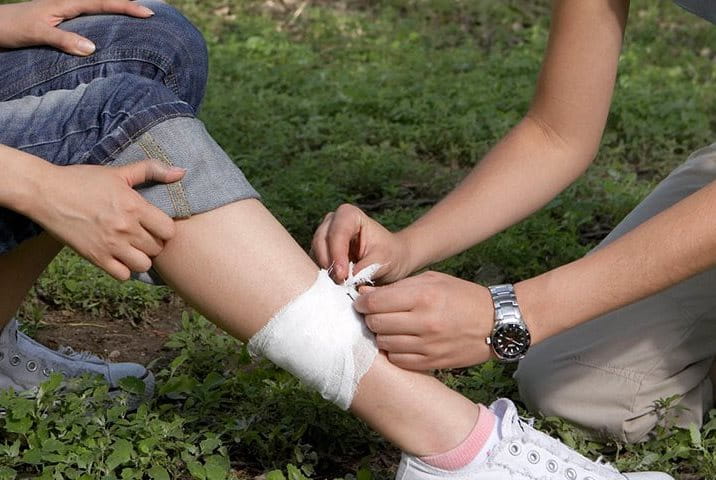From a grill burn to a finger laceration, there are a variety of different BBQ injuries that can take place. Use our BBQ safety guide to avoid these accidents and treat any injuries that do occur, so you and your guests can focus on enjoying the delicious food.
From a grill burn to a finger laceration, there are a variety of different BBQ injuries that can take place. Use our BBQ safety guide to avoid these accidents and treat any injuries that do occur, so you and your guests can focus on enjoying the delicious food.
Identifying a BBQ burn
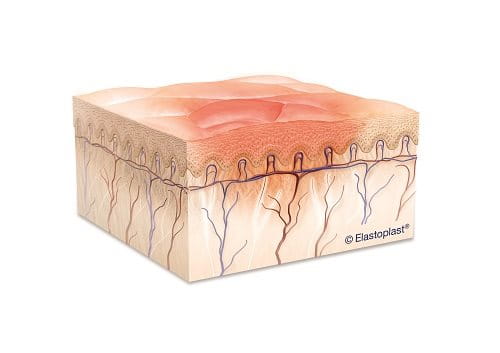
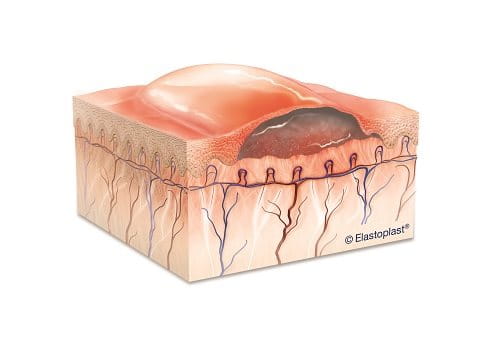
These feel like minor sunburns as your skin is red and painful. Only the outer layer of skin is affected. These can usually be treated at home.
Second-degree burns
Both the outer layer of skin and the layer underneath are damaged. The affected area is red, very painful and can blister. Some second-degree burns can scar significantly. They can usually be treated with basic first aid, but medical attention might be required depending on the size and location.
Third-degree burns
These are the most serious and cause damage to the deepest layer of skin. They appear whitened at the edges, but there is no pain because the nerves are damaged. A third-degree BBQ burn requires medical attention as soon as possible.
When to visit A&E for your BBQ burn
Most minor BBQ burns will not require treatment at A&E. However, medical care may be required if the burn:
- appears very deep and goes through to muscle or bone - this is a fourth-degree burn
- involves the face, hands, feet or genitals
- is located on or near a joint
- goes all the way around a limb
- is larger than three inches in diameter
- looks infected (has a pus-like discharge, increasing redness, high temperature)
- happens to a young child or elderly person
Symptoms such as chills, dizziness, fever, shivering and severe pain are warning signs of a more serious injury. Learn more about burns here.
BBQ burn treatment
Chances are your grill burn happened in an instant and took you by surprise. Your first instinct may be to try a home remedy like ice or butter, but this can make the burn worse. Find out how to treat BBQ burns with our step-by-step guide below:
- Avoid the source
Whether it's a gas barbecue or disposable one, step away from the source of the heat. Prolonged exposure makes a burn worse. - Remove any clothing or jewellery covering the burn
Fabric can trap heat and increase the severity of the burn. - Run it under cold water
Immerse the burn in cool water, or run it under a cold tap or hose for 15 to 20 minutes. This dissipates the heat, minimising swelling and reducing pain. Avoid a high-pressure spray. - Clean the burn
Gently clean the grill burn with the Elastoplast Wound Spray if it’s minor burn, or soap and water. - Cover the burn
Apply a non-stick gauze bandage, sterile burns dressing or clean cotton material. Clingfilm is an alternative but don't wrap too tightly. Protecting the burn reduces the risk of infection.
If the burn is very painful in the first couple of days, take an over-the-counter painkiller such as ibuprofen. This will ease pain and reduce inflammation.
Elastoplast products to treat a BBQ burn
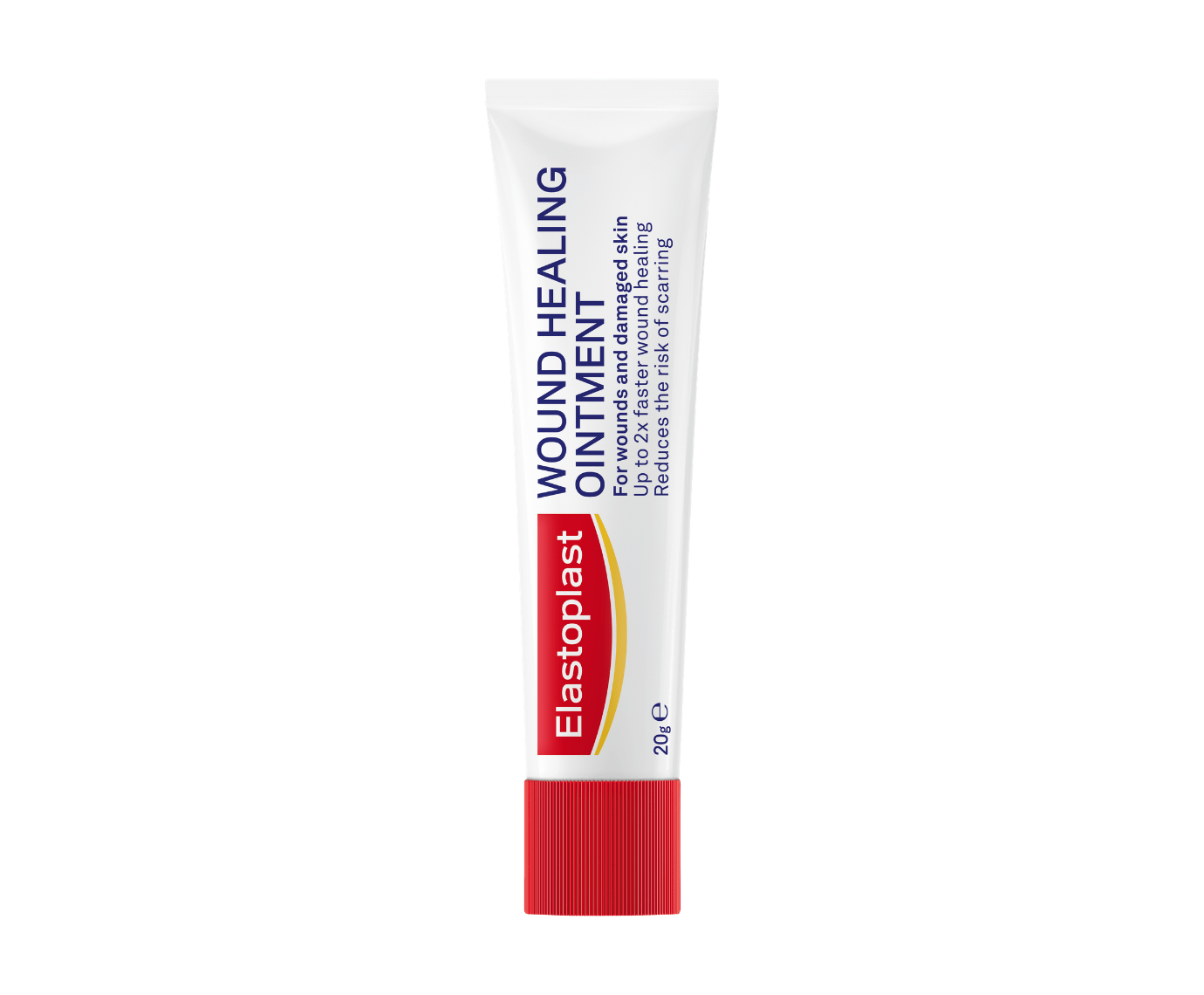
As part of the healing process, use Elastoplast Wound Healing Ointment on the burn underneath an appropriate plaster or a sterile compress. This supports the healing by building a breathable protective film that prevents the wound from drying out. These optimal moist wound healing conditions promote the natural healing process of the skin and can reduce the risk of scarring.
Other BBQ injuries and BBQ accidents
While a BBQ burn is the most common accident, there are some other barbecue injuries that can occur:
- Cuts: Take care when preparing ingredients to avoid slicing your fingers. Always clean the cut, apply pressure and elevate the wound, before using a plaster. Learn more about cuts here.
- Smoke inhalation: While the risk of smoke inhalation outdoors is quite low, symptoms include a hoarse voice, difficulty breathing or swallowing, singed nasal hairs and black-coloured saliva.
- Corneal burn: These burns occur from being too close to the grill and feel like sand is in the eyes. This can also lead to some light sensitivity. Irrigate the eyes with cool water and get your eyes checked at a hospital.
- Spices in the eye: Another potential risk when preparing the barbecue food is accidently touching your eye after chopping spicy food such as chillies or jalapenos. Rinse the eye with cool water for a few minutes to reduce the burning sensation.
BBQ safety tips
Summer is the season for cooking outside in the sun, but there are many dangers to using barbecues. One of the biggest is the use of flammable liquids when lighting the barbecue.
Summer is the season for cooking outside in the sun, but there are many dangers to using barbecues. One of the biggest is the use of flammable liquids when lighting the barbecue. Be patient and remember, petrol should never be poured onto the charcoal, as the reaction is violent and very dangerous.
Follow these BBQ safety tips to prevent the risk of accidents occurring:
- Ensure the barbecue is placed on a flat site, and a good distance away from trees, shrubs or a shed.
- Place disposable barbecues on an even surface like bricks or paving slabs.
- Give yourself time to light the charcoal early, allowing at least 15 minutes.
- Use recognised firelighters or lighter fuel and only on cold coals.
- Never leave the barbecue unattended.
- Keep children, pets and garden games a safe distance away from the barbecue at all times.
- Place a bucket of sand or water nearby in case of emergency.
- Never use a barbecue, or any fuel-burning equipment, inside a tent because this can cause carbon monoxide poisoning.
- Don't dispose of hot ashes straight into a dustbin or wheelie bin, as they could melt the plastic and start a fire.
- Check the barbecue has cooled down before trying to move it.
- After cooking on gas barbecues, turn off the gas cylinder before turning off at the controls. This ensures any residual gas in the pipework is used up.
Please note that, although these were compiled with great care, the tips and advice given on this website by no means substitute medical advice and treatment. If you have or suspect a health problem, consult a doctor and follow medical advice regardless of what you have learned on this website.
Always read carefully and follow the instructions for use or the product leaflets. For further information about our products, please contact us via email at ConsumerRelationsUK@Beiersdorf.com.




